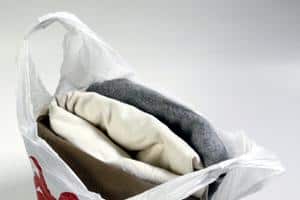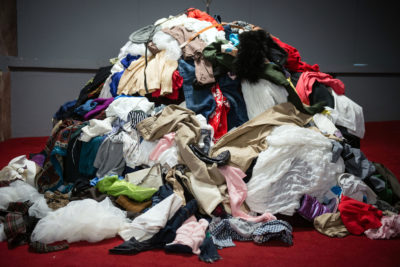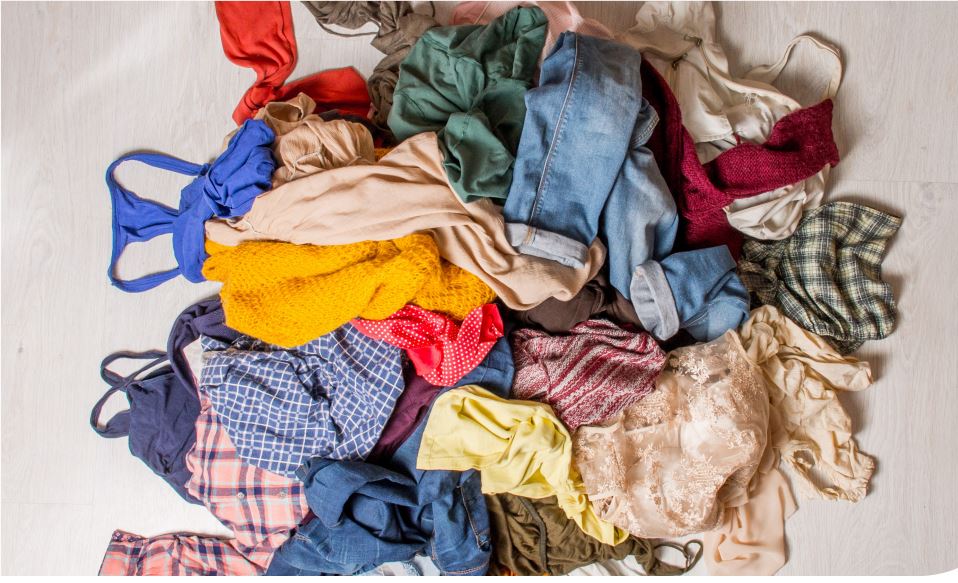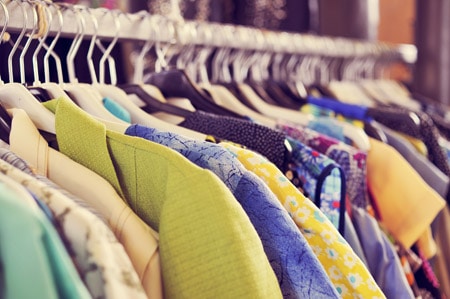The 'Maximising Reuse and Recycling of UK Clothing and Textiles' study, which was carried out by Aylesbury-based consultancy Oakdene Hollins, calls for more councils to collect textiles from households, to add to the 24% of waste textiles that were collected for recycling or reuse in the UK in 2007.
“The growth of commingled recyclate collection (where all recyclates are collected in a single box and sorted at a later point) is a threat to higher textile reuse/recycling if not controlled,” the report said.
“This is because textiles can cause problems in MRF sorting, and require separate bagging at the collection stage to avoid becoming damp or contaminated, which destroys value,” it added.
The study, which was carried out from late 2008 (see letsrecycle.com story), also stressed just why an increase in council-run household collections would be beneficial.
“This would also assist the avoidance of over-collection from some neighbourhoods by independent collectors, and under-collection from others where textile quality is not likely to be as high,” it claimed.
Sorting
While recognising the part exporting textiles overseas has played in creating markets for recovered textiles, the report's authors call for action to be taken to encourage UK sorting.
They note that the move to export has “increased the dependence” of the UK on potentially volatile overseas markets.
The report recommends a “risk management” approach to develop UK markets and sorting, without creating barriers to international trade.
In particular, it suggests: “Interventions such as innovation funding, demonstration projects and capital equipment grants should be used to create new markets for recycled fibre in the UK.”
The report's support for domestic sorting would appear to add weight to the arguments espoused by SortUK, the alliance of textile sorters formed last year, (see letsrecycle.com story), in favour of sorting textiles in the UK rather than sending them overseas.
Recommendations
Claiming that opportunities to increase the UK's textile recycling and reuse rate “look optimistic” in terms of the value of textiles, capacity to sort it and its quality, the report detailed a number of other key recommendations.
These included:
-
Removing barriers to recycling and reuse such as bogus collection and differing collection arrangements by potentially developing an industry-wide standard or voluntary agreement for collection, sorting, reuse and recycling;
-
Encouraging direct reuse as the best environmental option for clothing and footwear;
-
Encouraging investment in new technologies that increase the value of recycled textiles; in both 'upcycling' – for higher value applications – and 'downcycling' – low-to-medium value applications;
-
Research and development into new applications that create lower added-value recycled textiles, addressing the largest volumes of textiles that cannot be reused;
-
Standards and labeling for waste fibre composition, such as recycled or compostable, which could enable the recyclate to be used elsewhere and treated in the most appropriate waste management route;
-
Promoting the message that clothes which can't be reused can recycled to “dispel the myth” that low quality and torn clothing can't be recycled.
Carpet recycling
The Oakdene Hollins study also highlights opportunities for increasing recycling and reuse rates, including carpet recycling. Carpet currently accounts for 17% of residual waste collected at household recycling centres, and recycling rates for the material are currently low.
As a result, the report advocates the development of quality protocols and standards for the material, claiming that “if developed they would encourage an increase in recycling rate”.
Further opportunities were identified in footwear, and in consumer clothing, with the report estimating that an additional 310,000 tonnes a year of consumer clothing was “potentially collectable” from households at a suitable quality for recycling and reuse.
And, Oakdene Hollins highlighted potential within corporate clothing and textile retail, noting that both public and private procurement could drive the take-back of material. It said that Japanese-based Teijin ECOCIRCLE technology meant there was the opportunity for closed loop upcycling of corporate clothing containing a high percentage of polyester in particular.












Subscribe for free